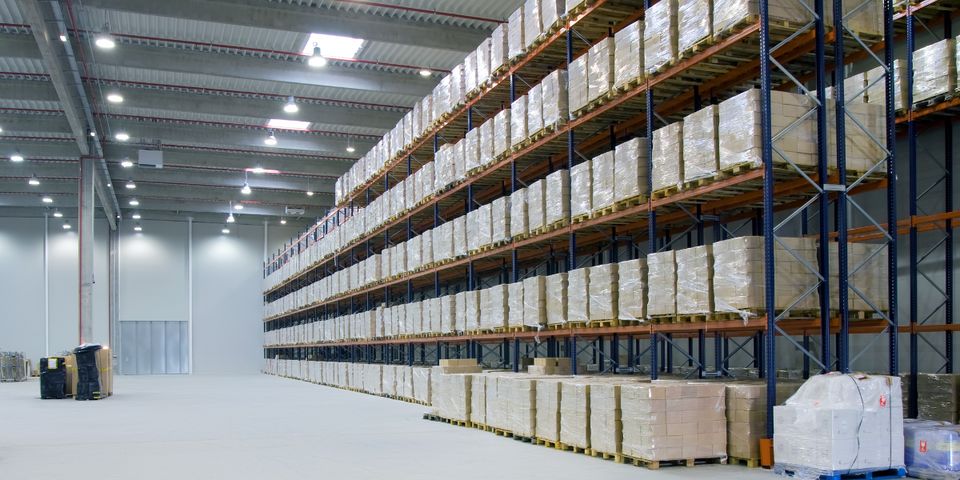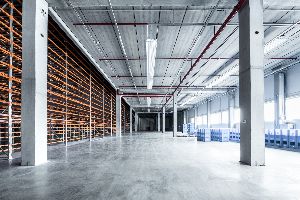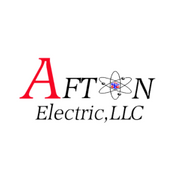
Proper lighting in a warehouse is crucial for keeping interior areas, inventory, and workers clearly illuminated. Getting the right lights can also boost productivity and promote safety in the workplace. Here's what to keep in mind as you work with an electrician to plan a lighting scheme for your facility.
4 Considerations When Planning Warehouse Lighting
1. Type of Bulb
Fluorescent, high-intensity discharge (HID), and light-emitting diode (LED) are the most common types of bulbs used in warehouse lighting. Though fluorescent lights often produce less glare, they don't operate as efficiently as LEDs and HIDs.
HIDs emit plenty of warm light but tend to become dimmer as they burn out. Overall, electricians generally recommend LED lights for warehouses, as they are bright, use less energy, and last several years before needing replacement.
2. Fixture Style
LED high bays are among the most common fixtures used in warehouses. Circular versions are known as UFO lights, and rectangular styles are referred to as linear lights. These fixtures consist of multiple large, bright bulbs that can illuminate vast areas beneath them.

Strip lights are another option. Electricians will interconnect these narrow fixtures to create single, continuous strips of light. Though not as bright as high bays, they can provide adequate illumination over narrow aisles and in smaller nooks of warehouses.
3. Amount of Light
Lumens are units of luminous flux that measure the amount of light that emits from a source. The greater the number of lumens, the more visible light a bulb or fixture will produce. Generally, if your warehouse handles larger items, which are easier to see with less light, you'll need about 10 lumens per square foot. If your warehouse handles smaller goods, you might need more light to see everything clearly, which is why electrical service technicians recommend 30 lumens per square foot.
4. Building Layout and Spacing
The illumination pattern of your commercial lighting should match the layout of your facility. For instance, if you have narrow aisles and tall shelves, fixtures should follow the length of shelves and cast narrow beams of light. Warehouses with wide, open spaces should have fixtures that cast wider beams of light.
Spacing is also important. If fixtures are too close together, the overlapping light might create glares. If they're too far apart, gaps in lighting might create shadowy spots. Your electrician might recommend leaving about 20 feet between fixtures to prevent these issues.
When you need warehouse lighting, contact Afton Electric LLC. These electricians provide lighting installations along with electrical repairs and upgrades to clients throughout the Northeast San Antonio, TX, area. Call (210) 260-2291 to request an estimate on electrical services, and visit the website to learn more about how they'll keep your property powered up and illuminated.
About the Business
Have a question? Ask the experts!
Send your question

